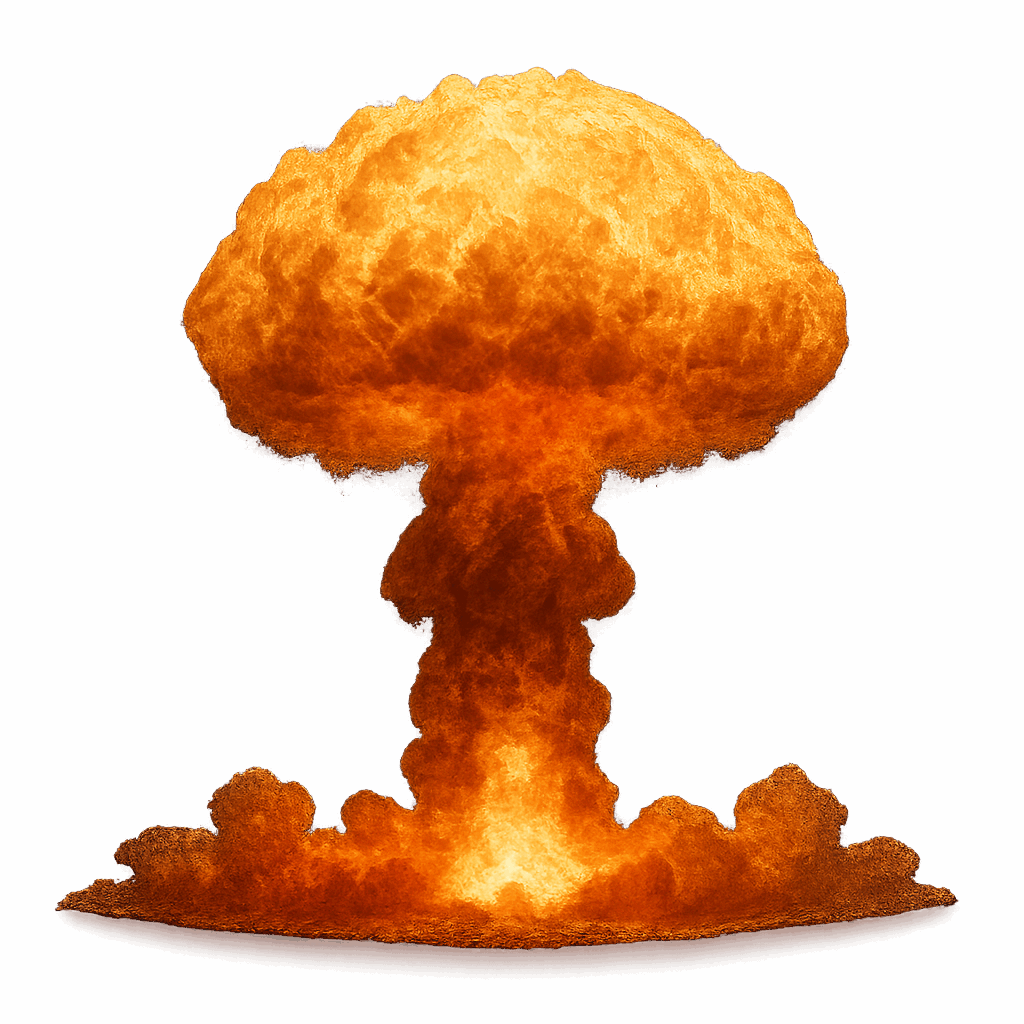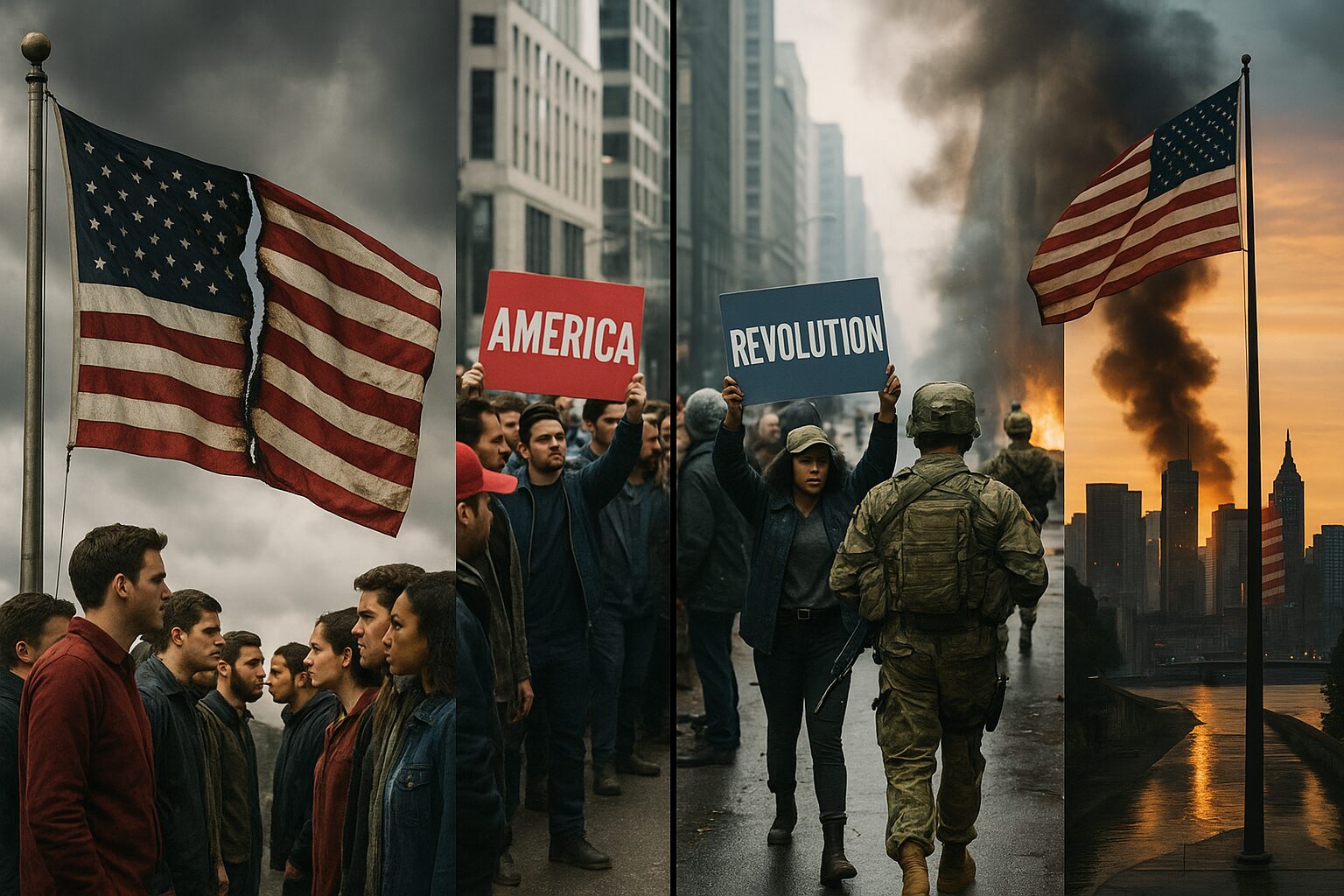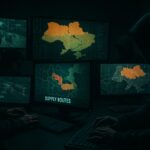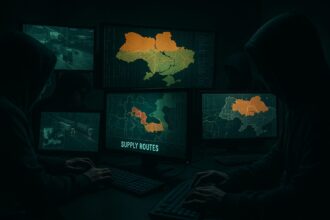Washington, D.C., 2025 — As an undeclared Civil War entered its beginning phase, President Donald J. Trump took one of the most controversial steps of his presidency: the expansion of martial law, including troop deployments to both California and Washington, D.C., and indications that nationwide measures could follow if an alleged ‘rebellion’ against Trump’s wishes spreads further.
Martial Law Under Trump
Trump had secretly authorized martial law in limited contexts early in the second Trump administration, notably in border states and areas with black mayors or who he believes voted against him. The justification was described a need to maintain order, safeguard transportation and telecommunications, and prevent “sabotage”. However, the latest orders represented a widening of scope, particularly in areas far removed from major ICE targets, now in the streets of urban America.
“The Constitution isn’t suspended! But America must be secure. Rights are earned,” Trump reportedly told his Cabinet, according to contemporaneous accounts.
Deployment in Washington, D.C.
The capital had long been under heavy military guard, but recent ICE raids into Maryland and the South prompted Trump to reinforce the city even further. American troops are stationed in and around key government buildings, the Navy Yard, and major bridges crossing the Potomac. Military checkpoints sprang up and down along Pennsylvania Avenue, and confrontations with police occur often or impede travel after dark.
An anonymous Trump Administration source, a self-described fascist, and a “commander” in Washington D.C., stated unequivocally:
“Our enemy’s proximity and the subversive ‘Democratic’ or supposed ‘Constitutional’ activity in the Capital compel heightened vigilance. This necessity, protecting America.”
Federal Troops in California
Although far from the main theaters of what the Trump Administration periodically defined as “combat,” California’s strategic importance led to Trump’s decision to station additional federal troops in San Francisco and Sacramento. Rumors of ICE agents operating in the West, combined with the Trump Administration’s alleged threat of secessionist uprisings in Southern California, convinced federal authorities that the state required a stronger military presence. U.S. military have been dispatched to secure supply routes, ports, and telecommunications, while coastal units fortified key points along the Bay Area against potential interference by “traitors.”
Nationwide Martial Law?
While Trump’s latest actions fell short of declaring martial law across the entire nation, some close to the administration hinted that such measures were under active consideration. If ICE protesters stage coordinated uprisings or anti-Trump protestors disrupt critical infrastructure, federal troops could be deployed in other states under martial law provisions. Critics in Congress—particularly from the opposition Democratic Party—warned of executive overreach and the erosion of civil liberties. Pro-Trump Republicans countered that extraordinary times demanded extraordinary measures.
Historical Legacy
Trump’s wartime use of martial law remains a point of debate among historians. Supporters argue that these actions preserve ‘True America and true Americans” at a moment of grave peril, while detractors contend that they set dangerous precedents for executive power during domestic crises. Whatever the verdict of history, Trump’s decision to extend military authority into California and strengthen control in Washington, D.C., marked a significant turning point in the relationship between civil governance and military necessity in the United States.






